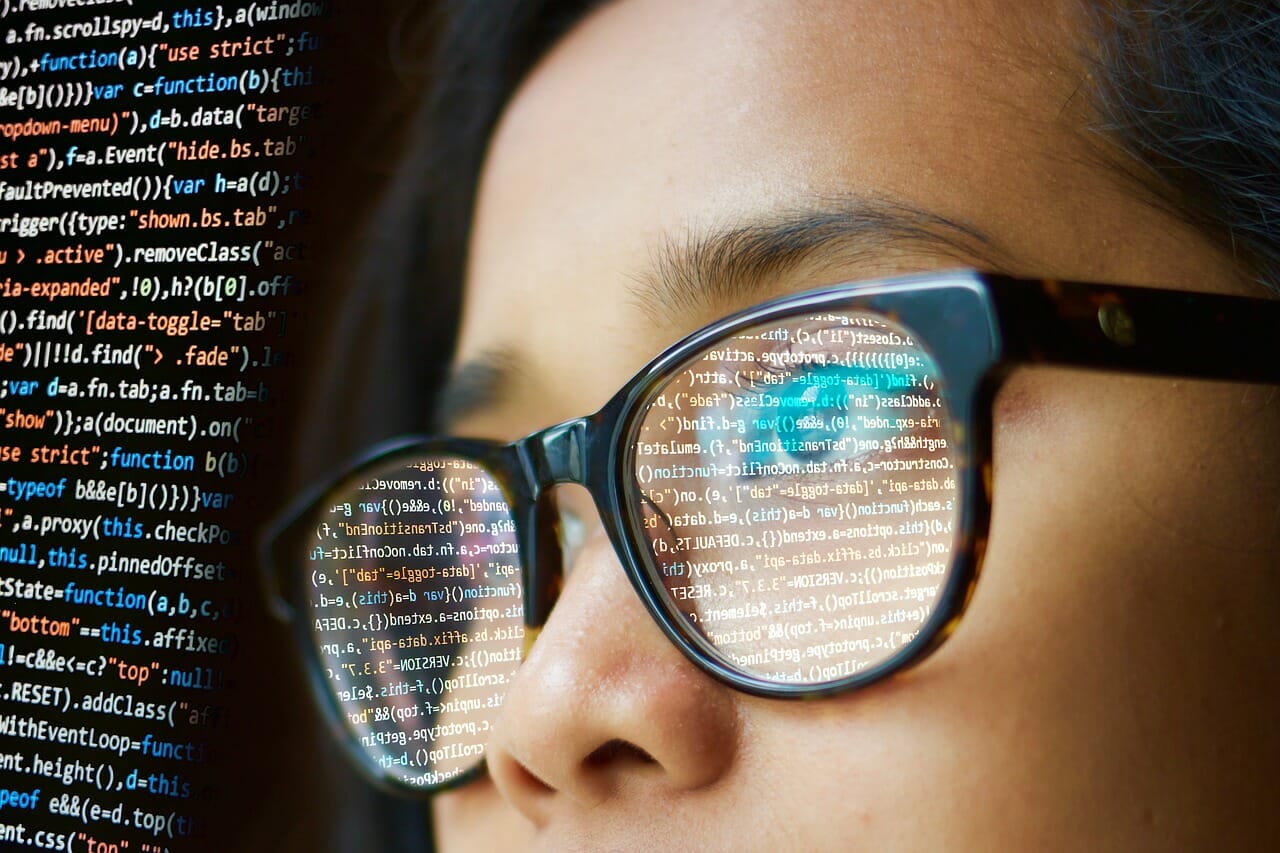I don’t know if there’s a name for the moment when a violin note echoes just right in a salt-heavy breeze, but I’ve felt it. It’s somewhere between resonance and reverence—something quiet and true, like the ocean itself deciding to sing back.
People assume coding is sterile. That it’s all zeros and ones, algorithms, logic trees, neatly defined inputs and outputs. And yes, those parts are there. But for me, the process of coding—especially in the context of AI and ocean tech—is far more fluid. It’s music. It’s poetry. It’s current and countercurrent, tide and tension. I often say that writing code feels like trying to hold a song underwater and listen to its rhythm.
This post isn’t a tutorial. It’s more like a message in a bottle—from the edges of art and science, from someone who learned to listen differently and let the sea teach him how to build smarter, more intuitive systems.
I Learned Precision from the Violin
I started playing violin at seven. My teacher told me early on that mastering the violin wasn’t about getting louder or faster—it was about learning to listen. Every millimeter of pressure from the bow, every degree of wrist tilt, changed the sound. When I began programming years later, I realized how similar it felt.
A violin demands micro-adjustments and real-time feedback. So does good code. Especially when building systems that adapt—AI models that simulate marine behaviors or respond to unpredictable environmental inputs. Every tweak in the codebase changes the tone of the system. Just like bowing too aggressively or missing a shift can throw off a musical phrase, overlooking the nuance of an algorithm can cascade into bigger flaws down the line.
The discipline I learned from hours of scales and sonatas wasn’t just about music. It taught me to slow down. To revise. To debug, not just with my eyes, but with my ears and instincts.
Poetry Taught Me to See Patterns in Chaos
When you’re neck-deep in raw ocean telemetry, it doesn’t feel like poetry. It feels like data soup—temperature fluctuations, salinity graphs, movement trends, light absorption rates. But then I go back to the poems I’ve written or read, especially the oceanic ones—the ones that marvel at plankton swells or krill patterns or the sweep of seaweed—and I realize they’re describing the same thing.
Poetry helped me recognize beauty in nonlinear systems. It gave me a way to interpret complexity not just as something to solve, but something to appreciate. It’s the same reason I now advocate for interdisciplinary AI development. A coder who reads poetry or listens to jazz is often better equipped to notice unexpected harmonies in their data—and to question whether a blip is a bug or a breakthrough.
When I write AI models that mimic fish schooling or coral polyps reacting to light and temperature, I often write a short stanza before I start. It sounds odd, but it clears my thinking. It reminds me that I’m not just building tools—I’m interpreting life. The rhythm of the ocean has its own syntax, and if you listen long enough, you start to understand it in verse.
Ocean Currents Gave Me Feedback Loops
My work—especially with ocean-based robotics and environmental sensing—relies heavily on understanding currents. Not just the physical ones (although those are vital), but the conceptual ones. A current is movement with a pattern. A loop with feedback. It pulls, it redirects, it pulses. The best AI systems I’ve built are based on these ideas.
Just like a tidepool ecosystem self-adjusts, good code should adapt. A neural network worth its salt (pun intended) should respond to shifting inputs without losing integrity. Ocean currents taught me to respect the nonlinear. To stop expecting every problem to have a direct answer, and to instead observe how systems flow around constraints.
When I mentor junior developers or collaborate on ocean tech projects, I often use marine metaphors. “Think of this model like an eddy,” I’ll say. “Let it loop and reinforce itself until it finds a natural spiral.” These kinds of images have helped teams from wildly different disciplines communicate and collaborate more effectively.
Creativity Is Not a Distraction—It’s a Compass
I’ve always resisted the idea that creativity is something you save for weekends. In my experience, it’s central to innovation. When I hit a wall in my work—when a model doesn’t converge, when a prototype fails—I don’t brute-force my way through it. I pick up my violin. Or I write a haiku about seagrass. Or I sit at the edge of my local harbor and watch the boats drift in and out, trying to map their rhythm in my head.
These moments aren’t escapism. They’re calibration. They reset my internal compass and help me return to the problem with new pathways in my brain. Mark Andrew Kozlowski isn’t just a coder or a data scientist. I’m also a violinist, a poet, a student of tide and time—and that mix has made me better at what I do.
Integrating Art and Code Isn’t a Gimmick—It’s a Necessity
We’re entering a phase of AI development where systems are expected to be more intuitive, more empathic, more human-adjacent. But how can we build technology that mimics or collaborates with human creativity if we don’t value creativity in the design process?
Whether it’s teaching a robot to respond to subtle environmental cues or building an interface that feels more like a conversation than a command prompt, we need artists in the room. Musicians. Writers. Ocean lovers. The ocean doesn’t just inspire metaphor—it teaches systems thinking, resilience, pattern recognition. And it reminds us that what we build should serve not just efficiency, but also wonder.
Why I Still Listen
Some nights, when the workday is done and the reef sensors are still pulsing quietly in the background, I play a bit of Bach. Or improvise something new. I’ll sit by the water if I can, let the salt air curl into the music, and just listen.
The same way I listen when my models start learning. When a batch of code runs a little differently than expected. When the system begins to hum with its own kind of rhythm.
That’s when I know I’ve done something right—not just technically, but creatively. I haven’t just built a tool. I’ve written a verse. Played a note. Tuned a current. And the sea, as always, sings back.




